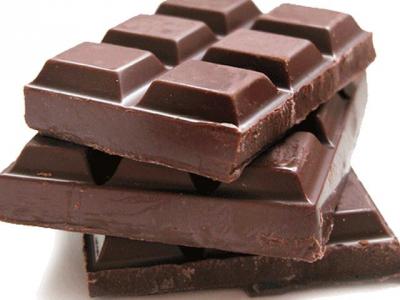Myth #10: Vitamin E reduces scarring – Vitamin E is an antioxidant, which are agents that neutralize the oxidant effect of free radicals (molecules that damage collagen and cause skin dryness, fine lines and wrinkles). Free radicals are not the cause of scarring and any effect you may see from a vitamin E cream on scarring is either something else in the cream, an effect of the massage you did while you put the cream on, or would have happened anyway. Many creams claim to reduce scarring, such as Mederma, but few have any hard evidence that they work.
Myth #9: Skin pores open and close – When looking in the mirror you may notice lots of black pores, especially on the tip of your nose. Scores of cosmetics and treatments have been devised to reduce the appearance of these pores, many claiming they close the pores. Others claim that steam or hot water opens the pores. The pores are always open, which is necessary to allow us to sweat. The skin oil, or sebum, also comes out of the pores. The pores appear closed or full when the oils get backed up, clogging the opening. Warm water or steam helps melt these oils, cleaning out the pores. The pores, however, have no muscles and do not open or close.
Myth #8: Acne is caused by fatty foods and chocolate – Acne is caused mainly by hormonal changes, which can be affected by stress, genetics and other unknown factors. Diet may affect this to some degree, but their isn’t clear evidence how. A few studies done in the late 1960’s seemed to disprove the relationship between chocolate and acne. Pimples are formed when clogged pores become inflamed and collect both oil and pus. What exactly causes this inflammation to occur is not known.
Myth #7: Anything organic is better for the skin than synthetic products – Natural products rarely exist in a form that is perfectly balanced for you skin’s use. Either they are too potent and can cause irritation or too weak and don’t have much affect at all. Luckily, there are lots of chemists who can balance the beneficial properties of these materials to give you the best effect possible. Organic products only have to contain a small amount of naturally occurring chemicals (as little as 2%) to wear the organic label. (The price will likely be more than 2% greater than the non-organic variety).
Myth #6: Getting a base tan prevents burns later – Tanning in any form, whether at the beach or in a tanning bed is causing permanent damage to your skin. A base tan does nothing to prevent this damage. Face it, if you insist on tanning now, you will pay with extra wrinkles later (but not much later) as well as dramatically increase your chances of skin cancer.
Myth #5: Sunburns are only bad when you are young – Many people believe that any sun damage that will lead to skin cancer or wrinkling occurred when they were a teenager, and is out of their control now. They then proceed to continue tanning thinking skin protection is no longer important. UV damage can lead to skin cancer in only a few years time. I’ve seen several patients with facial skin cancers in their thirties. Sunscreen is always a good idea no matter your age.
Myth #4: Skin creams with collagen can replace collagen – Collagen is a large molecule and isn’t going to pass through your skin and somehow incorporate itself exactly where it was lost. Your body has to synthesize new collagen on its own from basic proteins. Certain vitamins, such as A and C, can help this along.
Myth #3: Vitamin A (retinol) will thin out the skin – Vitamin A enhances the skin’s barrier function, aids in collagen production, regulates oil production, reduces skin dryness, and increases skin oxygenation. Topical steroids will thin the skin when used for prolonged periods.
Myth #2: Dry skin creates wrinkles – Moisturizers may temporarily reduce the appearance of very fine lines by plumping up the skin, but no moisturizer will permanently reduce wrinkles, no matter the cost.
Myth #1: Shaving body or facial hair makes it grow back thicker – The part of the hair you can see above the skin is essentially dead and has no way of signalling back to the body to change its growth pattern when cut. Shaven hair will feel more rough as the cut ends are blunt, but the volume of hair has not and will not change.
—
Check out our new homepage at utahoc.com

